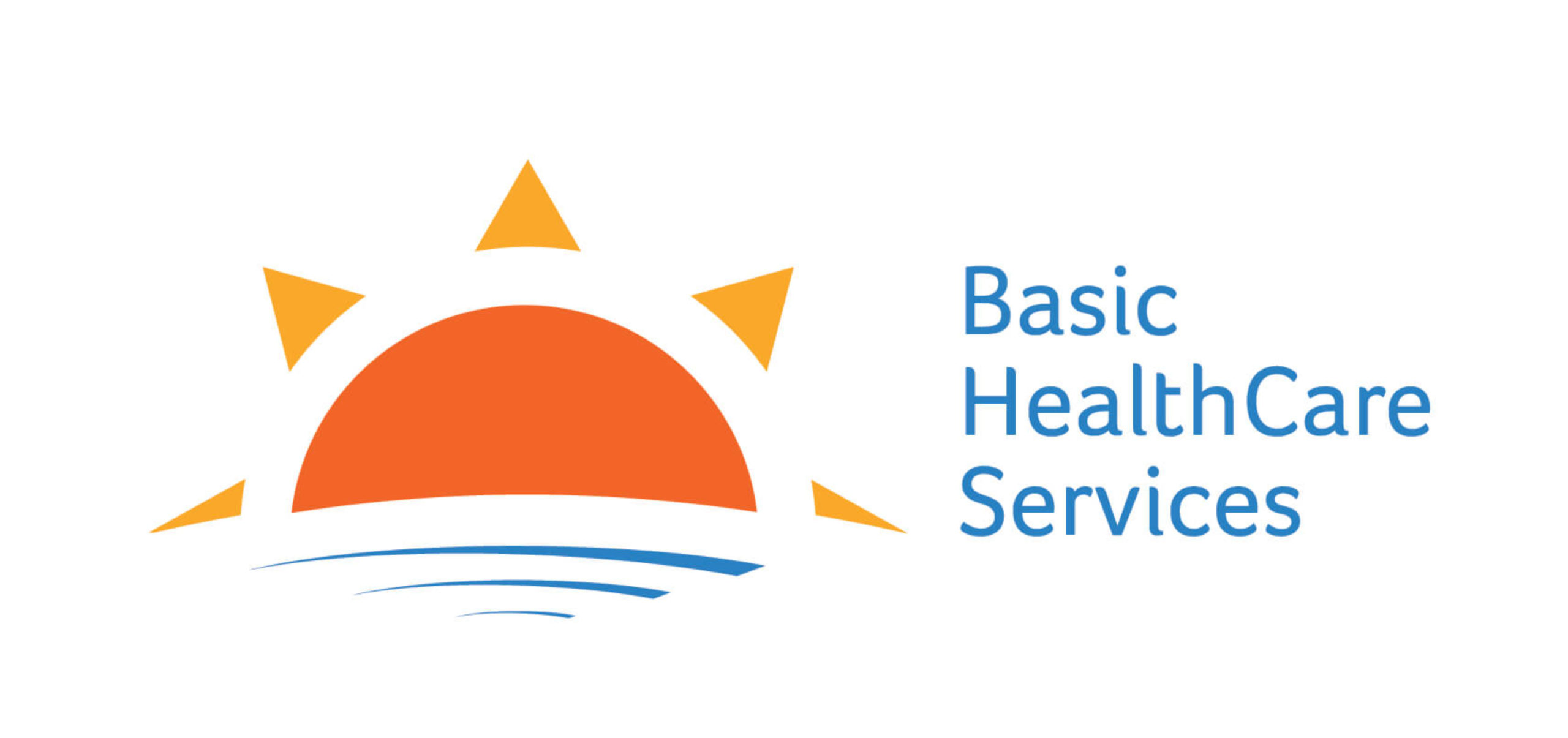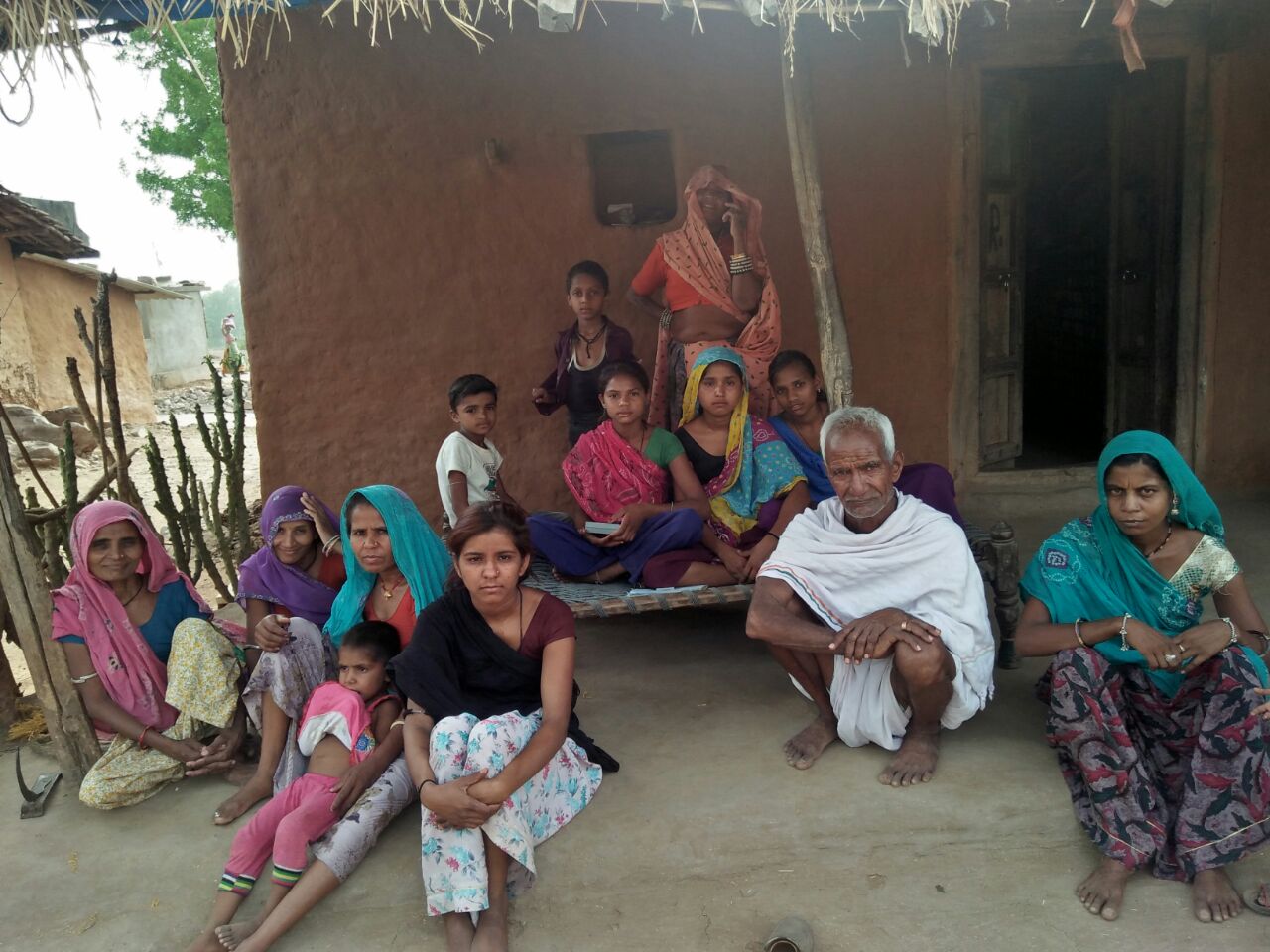Time to end TB or is it? Economic burden deterring TB Care
27 years old Galba* had contracted TB three years ago while working as a Head Loader in Ahmedabad. Galba hailed from a tribal hamlet of Udaipur district in Rajasthan. Earning a bare amount of Rs 3000, Galba had to sustain a family comprising of his aged parents, wife and four children. On contracting the illness, he was not fit enough to carry on and had to return home leaving his work. With no earning member in the Household, the family’s savings depleted and seeking care at multiple points including nearby quacks and traditional healers resulted in Galba incurring an expenditure of close to Rs 30,000 in a span of two years. By the time he received treatment for TB, he was already in an extremely vulnerable condition.
Galba belongs to one of the highly vulnerable tribal communities in Southern Rajasthan. This region comprising of districts like Udaipur, Banswara, Dungarpur is a predominant tribal belt of Meenas, Garasiyas, Bhils. Socio-economic marginalisation across decades has resulted in 56% of these Households having atleast one member migrating to cities in search of work1. However an overall poor nutritional status, impoverished working conditions in informal sector and manually gruelling nature of work have resulted in an increase in morbidities and mortalities caused by diseases like Tuberculosis.
India accounts for about a quarter of the burden of tuberculosis (27%) in the world with an incidence rate of 204 (per 1 lakh, World TB Report 2018)2. The Tribal Health India Report highlights how tribal communities (90% living in rural pockets of the country) are affected with a higher burden of Tuberculosis (prevalence of 703 per 1 lakh) with only 11% cases of pulmonary TB managed and treated3.
Several studies4 show that the morbidity caused by Tuberculosis has longstanding impact on the economic consequence in the lower income households. Catastrophic cost of treatment as defined by WHO out-of-pocket payment equals or exceeds 40 % of household capacity to pay5. To this, several analysts also focus on the socio-economic status of the Household and also the length of the period in which the additional expenditure is incurred. Our own data of patients with tuberculosis from primary healthcare settings in rural, tribal pockets of Southern Rajasthan highlight that on an average Rs 27,000 was incurred on care-seeking aggravated by loss of income for a span of 2-3 years. Absence of public health care facility within the reach of these remote communities creates a stronger reliance on traditional healers and unqualified providers.
In a study conducted in India6 it was found that 34 % of patients of TB reported that due to loss of income they could not afford to buy adequate food or clothing or books for their children. With a huge economic burden in both direct and indirect costs of seeking care as well as the loss of productive time, meant that patients either defaulted and returned to work or sent children at a much younger age to go and work.
Galba was one of the beneficiaries of the Akshaya TB loan – a conditional soft loan provided to patients with Tuberculosis. This pilot initiative was undertaken by Shram Sarathi, a Section 8 company incubated by Aaajeevika Bureau, providing financial services in tribal pockets of Southern Rajasthan and Basic HealthCare Services, an organization specializing in primary healthcare services in the same geography through a network of AMRIT Clinics. This combination of timely detection, treatment, follow-up care and financial assistance of Rs 18000 – 20000 (given in installments on monthly basis) for TB patients was crucial in curbing dropouts caused by
A review of the pilot revealed some key learning that are pertinent to understanding Tuberculosis. In high migration tribal communities the trajectory of healthcare and economic conditions associated with tuberculosis remain the same. With a high out-of-pocket expenditure, many such families are bound to mortgage their assets like land, silver which pushes families to further precarity and in our review we saw an average debt of Rs 21,400 that these tribal families incurred in the process. Despite the financial support of average Rs 3000 on a monthly basis, we observed that only 60% of the patients were able to return to the labour market after treatment completion and those who remained unemployed, reported of symptomatic effects of tuberculosis and undernutrition. The income prior to the illness which was an average of Rs 4500 had halved for the 60% patients earning post recovery. Most importantly, one-third of the patients despite the financial support still had outstanding debts to recover post their completion of treatment.
On April 1st 2018, the Govt. of India rolled out the flagship Nikshay Poshan Yojana that mandated a financial assistance Rs 500 (in instalment ) for patients with Tuberculosis, the assumption being the cash based incentive supports treatment in procuring nutritious food. A report by The Hindu in December 2018 outlined only 26% of the registered TB patients have so far received the cash incentive. Secondly and most importantly, the question that persists is if Rs 500 justify the economic vacuum created by an illness that affects an individual’s health and productivity in the long term.
The economic impact of tuberculosis is deep and creates a vicious cycle of impoverishment in the rural communities with poor income levels. In areas with poorer access and a highly volatile group that depends on migration as its key income source, the economic catastrophe caused by the disease has long standing implications for the entire family. The WHO End TB Strategy underscores 0% catastrophe cost in TB care by 2030. With this mission, it is crucial to rethink how social transfers in the form of cash or food assistance can help mitigate the illness and enable a patient resume a productive life. Unless a multipronged strategy is adopted, elimination of TB stands at a dicey pedestal.
References:
1. Sharma, A., Poonia, S., Ali Z. & Khandewal R. (2014): Their Own Country: A Profile of Labour Migration from Rajasthan. Aajeevika Bureau. Udaipur.
2. World TB Report 2018
https://www.who.int/tb/publications/global_report/en/
3. Ministry of Health and Family Welfare, Report of the Expert Committee on Tribal Health : Tribal Health In India
4. N. Grede, J. M. Claros, S. de Pee, M. Bloem. 2014. “Is There a Need to Mitigate the Social and Financial Consequences of Tuberculosis at the Individual and Household Level?” Original article . AIDS Behav (2014) 18:S542–S553
5. World Health Organization. Protocol for
6. Rajeswari, R, R Balasubramanian, M Muniyandi, S Geetharamani, X Thresa, and P Venkatesan. 1999. “Socio-economic impact of tuberculosis on patients and family in India.” International Journal of Tuberculosis and Lung Disease 3 (10): 869-877
*Name changed to protect identity
By Manisha Dutta, Executive (Programs)

